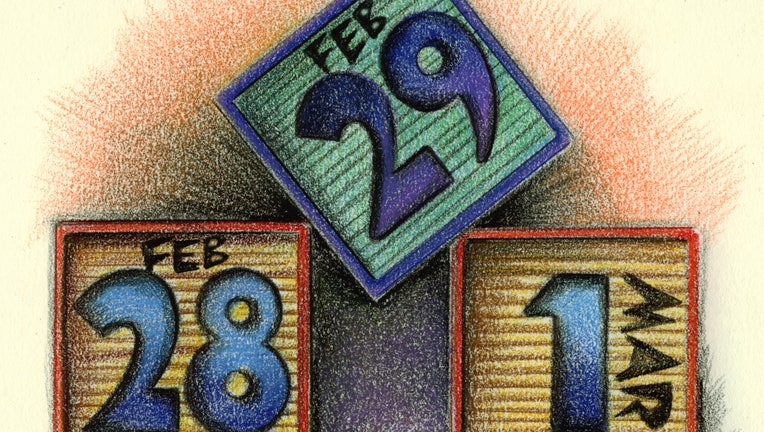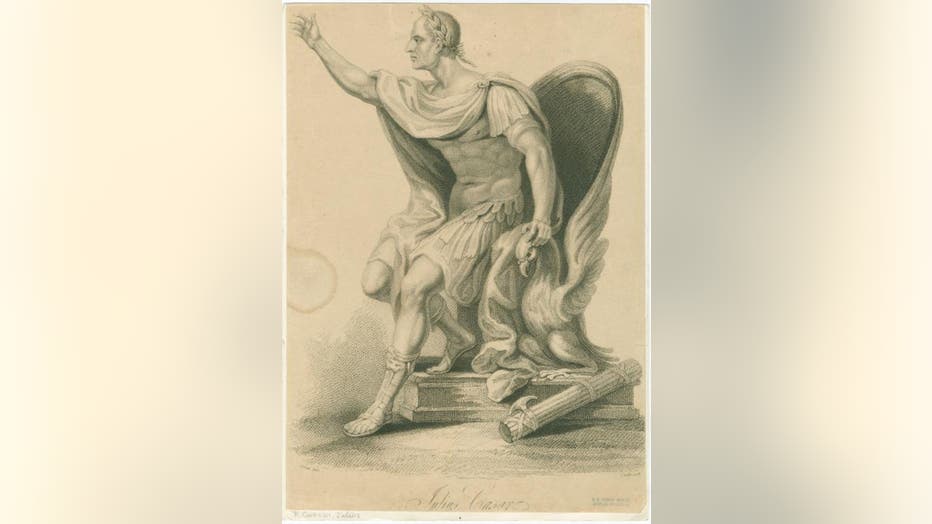Leap Day history: Things that happened on Feb. 29

(Tribune News Service via Getty Images)
It’s that time, again: Just about every four years (but not quite), the western calendar adds a day – Feb. 29 – in what’s known as leap year and leap day.
Leap year exists, in large part, to keep the months in sync with annual events, like equinoxes and solstices, according to the Jet Propulsion Laboratory at the California Institute of Technology. It’s a correction to counter the fact that Earth’s orbit isn’t precisely 365 days a year. The trip takes about six hours longer than that, NASA says.
Without a leap year about every four years (but not quite), the seasons wouldn’t align with when farmers plant, and chaos could ensue.
"Without the leap years, after a few hundred years we will have summer in November," Younas Khan, a physics instructor at the University of Alabama at Birmingham, told The Associated Press. "Christmas will be in summer. There will be no snow. There will be no feeling of Christmas."
The history of Leap Day
Roman dictator Julius Caesar recognized Leap Day in 45 B.C. when he re-ordered the Roman calendar to the Julian calendar and gave us a blueprint that much of the world still follows today, according to History.com.

Julius Caesar (The New York Public Library)
It was purely solar and counted a year at 365.25 days, so once every four years an extra day was added. Before that, the Romans counted a year at 355 days, at least for a time.
The Julian calendar was 0.0078 days (11 minutes and 14 seconds) longer than the tropical year, so errors in timekeeping still gradually accumulated, according to NASA. But stability increased.
The Julian calendar was the model used by the Western world for hundreds of years, until Pope Gregory XIII calibrated it further. His Gregorian calendar took effect in the late 16th century. It remains in use today and still isn’t perfect, or there would be no need for leap year. But it was a big improvement, reducing drift to mere seconds.
Famous people born on February 29
People who are born on February 29 – there are about 5 million of them on Earth – are known as leaplings.
Famous leaplings include hip hop artist Ja Rule, motivational speaker Tony Robbins and the late actress Dinah Shore.
Historically, it’s been more complicated for leaplings to fill out paperwork like health forms, insurance policies and other things that require birthdays, though technology has helped and fewer leaplings have to choose between Feb. 28 and March 1 as a birthday.
Historical things that happened on February 29
Feb. 29, 1692: Arrest warrants are issued for three women accused of witchcraft: Tituba, a female slave who was likely of Native South American ancestry, Sarah Good and Sarah Osborne. Their arrests marked the start of the Salem witch trials, according to the University of Missouri - Kansas City School of Law.
Feb. 29, 1940: Gone With the Wind’s Hattie McDaniel became the first African American to win an Academy Award for best supporting actress.
Feb. 29. 1972: Baseball great Hank Aaron signs a three-year contract worth $600,000, becoming the highest paid player in history at the time.
Feb. 29, 1980: Buddy Holly’s glasses were found in Mason City, Iowa, 21 years after he was killed in a plane crash alongside Ritchie Valens and the Big Bopper, according to History.com. The 1959 crash was so violent, it threw Holly’s signature glasses far from the other wreckage, History.com reports. They were buried in the snow, as were the Big Bopper’s watch. The items emerged from the melted snow the same year, but they were given to the local sheriff’s office and sat in a sealed envelope for 21 years. The glasses were later returned to Holly’s widow.
Feb. 29, 2004: The Return of the King — the last in the trilogy film adaptation of J.R.R. Tolkien's The Lord of the Rings — tied the record for the most ever Academy Award wins, with 11 in one night, according to Britannica. Ben-Hur (1959) and Titanic (1997) also share the record.
The Associated Press contributed to this report.

